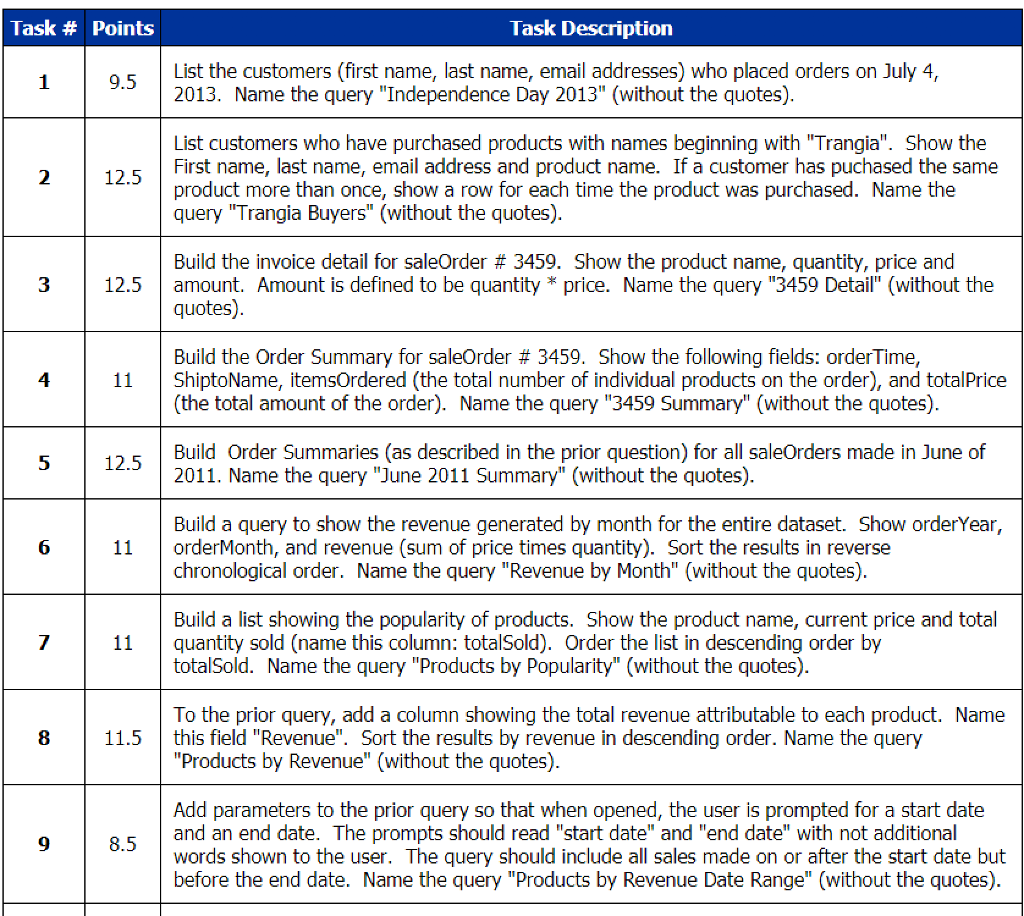
Plugins of this type are typically handled better with an engagement or a firm plugin, but they do happen and are supported. There are other ways of dividing the data (such as by distributor or geographic area). A given firm usually has a single Firm plugin, although multiple users might be looking at the information at the same time. A given firm can have multiple instances of an Engagement plugin running, an instance for each engagement. Plugins provide the capability to modify many aspects of the cloud user interface and to integrate with external services.īesides the use, it's sometimes useful to think of plugins in terms of the scope of their data source: You can create different kinds of plugins, including dashboards. Both are on the Cloud platform and make use of the Collaborate server.Ī plugin provides access to additional features, often from another application. There is only one kind of plugin, but depending on the context it might be called a Cloud plugin or a Collaborate plugin. On the Cloud platform, a plugin as a separate product is available to all firms on the server.


Plugins are available as separate products while many of the same features are offered on the desktop by Working Papers as a customized view, a customized view is only available for an individual firm, and the work must be done over for another firm. A Plugin provides access to additional features, often from another application.


 0 kommentar(er)
0 kommentar(er)
